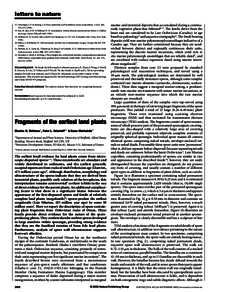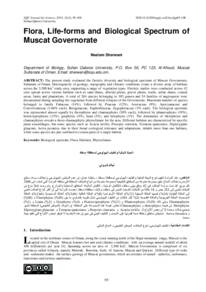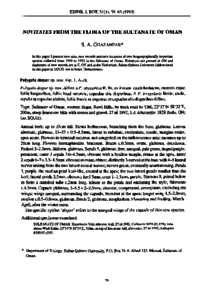وثيقة
Fragments of the earliest land plants.
المعرف
DOI: 10.1038/nature01884
المصدر
Nature. v. 425, 6955, p. 282-285
المساهمون
Osterloff, Peter L. , مؤلف
Mohiuddin, Uzma., مؤلف
الدولة
United Kingdom.
مكان النشر
London
الناشر
Nature Publishing Group
ميلادي
2003-09-18
اللغة
الأنجليزية
الموضوع
الملخص الإنجليزي
The earliest fossil evidence for land plants comes from microscopic dispersed spores. These microfossils are abundant and widely distributed in sediments, and the earliest generally accepted reports are from rocks of mid-Ordovician age (Llanvirn, 475 million years ago). Although distribution, morphology and ultrastructure of the spores indicate that they are derived from terrestrial plants, possibly early relatives of the bryophytes, this interpretation remains controversial as there is little in the way of direct evidence for the parent plants. An additional complicating factor is that there is a significant hiatus between the appearance of the first dispersed spores and fossils of relatively complete land plants (megafossils): spores predate the earliest megafossils (Late Silurian, 425 million year ago) by some 50 million years. Here we report the description of spore-containing plant fragments from Ordovician rocks of Oman. These fossils provide direct evidence for the nature of the spore-producing plants. They confirm that the earliest spores developed in large numbers within sporangia, providing strong evidence that they are the fossilized remains of bona fide land plants. Furthermore, analysis of spore wall ultrastructure supports liverwort affinities.
ISSN
0028-0836
URL المصدر
قالب العنصر
مقالات الدوريات




